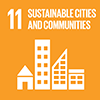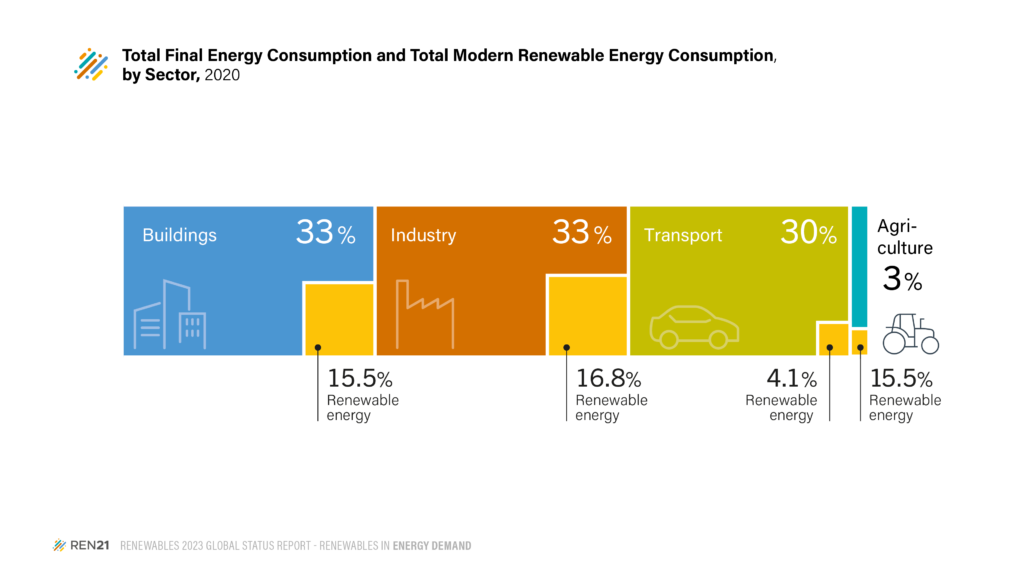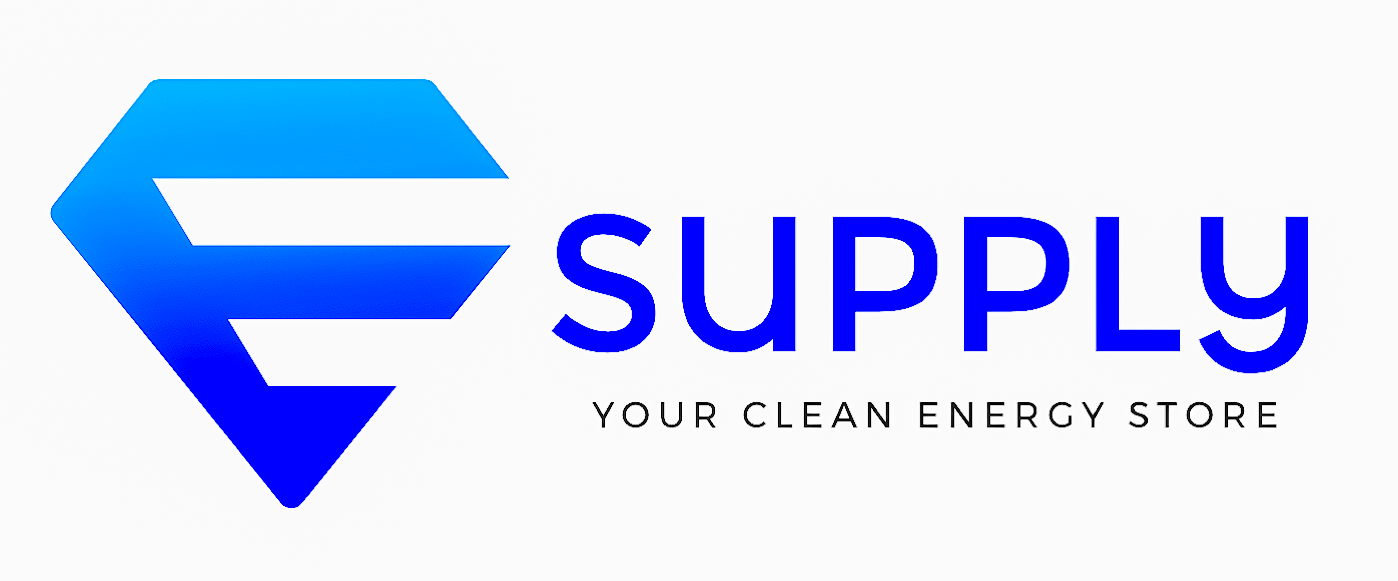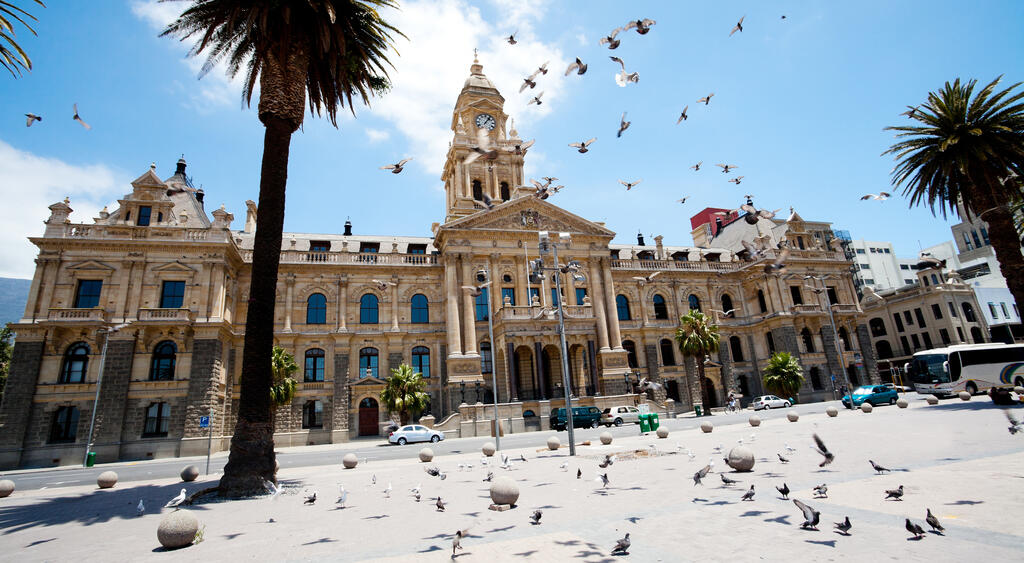Sub-Saharan Africa faces a complex challenge: balancing rapid urbanization, increasing energy consumption, and the need for sustainable development. In 2019, the region was home to an estimated 1.1 billion people, with around 40% living in urban areas. However, Sub-Saharan Africa is also home to 27 of the world’s 28 poorest countries, with an average poverty rate of 41% in 2018. While the region has abundant renewable energy resources, its energy consumption remains among the lowest in the world. This article explores the status of renewable energy in Sub-Saharan African cities, focusing on the challenges and opportunities they encounter.



Rapid Urbanization and Energy Consumption
Clean energy refers to energy that is produced from sources that neither release air pollutants nor have a negative impact on the environment.
Sub-Saharan Africa’s urban population has increased dramatically, growing more than 16-fold between 1950 and 2018. This rapid urbanization has driven energy consumption, with an average annual increase of 3% between 2000 and 2010 and 2.5% between 2010 and 2018. Despite this growth, energy consumption in the region remains significantly below the global average.
Traditional biomass, primarily wood and charcoal, plays a significant role in the region, accounting for 66% of total final energy consumption. Sub-Saharan Africa stands out as the only region in the world with such heavy reliance on biomass. Despite an abundance of renewable energy resources, renewables made up only 7% of the total primary energy supply, 8% of total final energy consumption, and 26% of power generation in the region as of 2018.

Role of City Governments
City governments play a pivotal role in shaping the energy landscape of Sub-Saharan Africa, and many national governments have made strides in integrating renewable energy into their plans. For example, 45 of the 53 African countries that submitted Nationally Determined Contributions for reducing greenhouse gas emissions under the Paris Agreement had adopted quantified renewable energy targets by 2018.
At the regional level, the Economic Community of West African States (ECOWAS) and the East African Community (EAC) have set targets for renewable energy in their electricity generation mix by 2030 and 2038, respectively.

Barriers and Opportunities
Policy and Regulation: Energy supply in Sub-Saharan African cities remains primarily under the control of national governments, with a focus on large-scale generation. Local governments often lack the authority to shape their energy policies. However, city authorities can incentivize renewable energy use through building permits or mandate renewable energy deployment as a requirement for permit issuance. Additionally, cities can develop local policies such as net metering and feed-in tariffs to support renewable electricity.
Access to Financial Markets: Fiscal decentralization remains a challenge for local governments, as they heavily rely on national government grants and have limited access to financial markets. Most renewable energy projects rely on non-commercial grants or equity investments. However, cities have demonstrated leadership by piloting projects, attracting investor interest, and forming public-private partnerships.
Data Needs: Data is essential for private investors, but it is often challenging to access in African cities, hindering decision-making and resource allocation. Local governments can leverage their proximity to the population to provide investors with data or facilitate data collection through engagement with utilities and relevant entities.
Internal Capacity: Local governments in Sub-Saharan Africa often lack the capacity, skills, and resources required for renewable energy deployment. To address this, municipalities can form partnerships with external organizations, participate in networks, and develop public-private partnership platforms to engage the private sector.
In November 2022, the World Bank announced a new initiative to promote private investment in distributed renewables, calling for joint action by governments, private investors and development agencies to accelerate the pace of electrification in Sub-Saharan Africa.
Fun Facts About Modern Clean Energy
The latest census results by Stats SA show that the South African population grew to 62 million in 2022.
Although emerging and. developing economies account for two-thirds of the world’s population, they represent only one-fifth of global investment in renewables and one-tenth of global financial wealth.
Conclusion
Sub-Saharan African cities face a complex energy landscape characterized by rapid urbanization, increasing energy consumption, and persistent multidimensional poverty. While numerous challenges exist, including policy barriers and limited access to financial markets, these cities are demonstrating resilience and innovation in adopting renewable energy solutions. By overcoming these barriers and leveraging their unique position, Sub-Saharan African cities can drive sustainable energy development, reduce multidimensional poverty, and pave the way for a brighter, cleaner future.
Share this article




